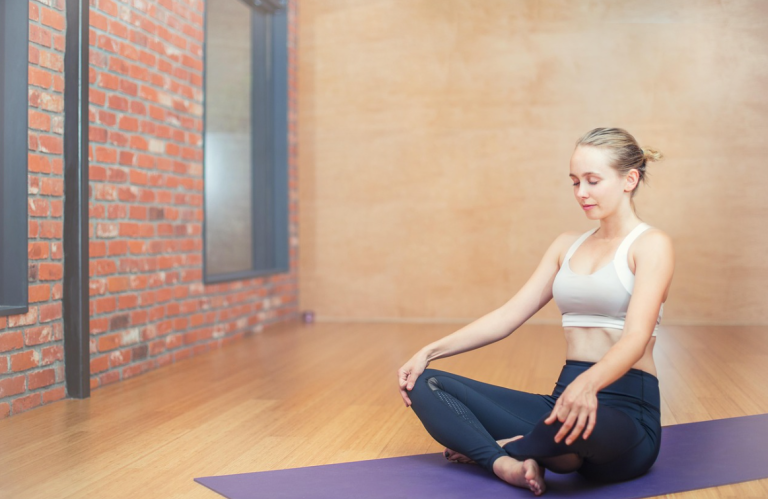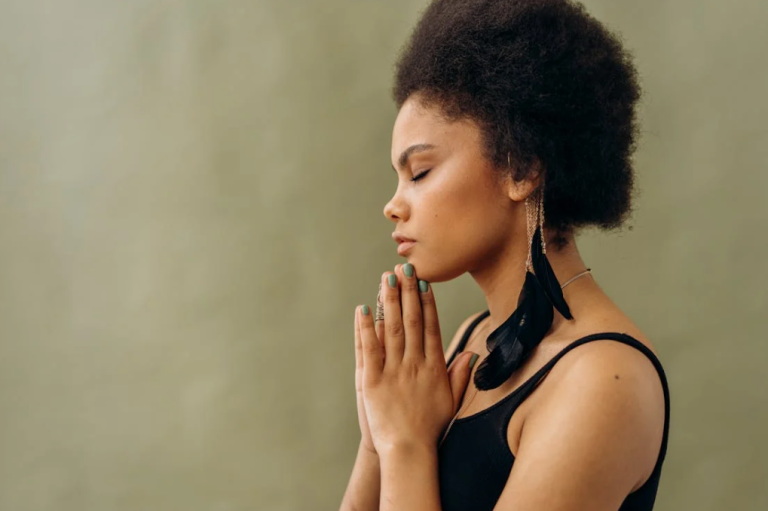
In the ever-evolving world of home decor, 2025 is shaping up to be a year of transformative changes. If you’re looking to update your home or simply stay ahead of the curve, it’s crucial to know what trends are on the horizon. The future of home decor isn’t just about style—it’s about sustainability, technology, and creating spaces that reflect our evolving lifestyles. Let’s dive into the key home decor trends that will define 2025.
Introduction: The Future of Home Decor in 2025
As we approach 2025, it’s clear that home decor is no longer just about aesthetics. It’s a blend of innovation, practicality, and environmental consciousness. From integrating nature into our living spaces to embracing the latest tech gadgets, the trends we see now are more than just fleeting fads. They’re a response to societal changes and technological advancements. So, what can we expect in the next few years?
The Rise of Biophilic Design: Bringing Nature Inside
How Plants and Greenery are Shaping Interiors
One of the standout trends for 2025 is biophilic design, which focuses on creating spaces that connect people with nature. It’s no surprise—spending time in nature has been proven to reduce stress and boost mental health. But how do you bring nature into your home without turning it into a jungle?
Plants are the easiest and most effective way. From lush indoor gardens to strategically placed potted plants, greenery is taking over as the new decor statement. Whether it’s a towering fiddle leaf fig or a few trailing ivy plants, greenery adds life to any room.
Materials that Blend with Nature
Besides plants, expect to see natural materials making a comeback. Wood, stone, and bamboo are becoming more prevalent in furniture and home accessories. These materials not only look good but feel good, too—they ground your space and create a calming, earthy vibe.
Sustainable Home Decor: Eco-Friendly Trends
Eco-Conscious Materials and Furnishings
In 2025, sustainability will continue to be at the forefront of home design. The demand for eco-conscious materials like recycled metal, organic fabrics, and biodegradable products is increasing. We’re seeing furniture made from sustainably sourced wood, rugs woven from recycled materials, and fabrics that are both luxurious and environmentally friendly.
As consumers become more aware of their environmental impact, they’re opting for brands and pieces that prioritize sustainability. This means investing in high-quality items that stand the test of time, reducing the need for constant replacements.
Upcycling and Recycled Furniture
Another exciting trend is upcycling—transforming old, discarded items into something new and useful. Furniture pieces with a second life are becoming more sought after. Whether it’s a vintage table that’s been restored or an old cabinet repainted in bold colors, these items are not only environmentally friendly but also one-of-a-kind.
Tech-Integrated Homes: The Smart Decor Revolution
Smart Lighting and Automation
The tech-savvy home of 2025 will seamlessly integrate technology into every aspect of daily life, and lighting is no exception. Smart lighting systems that adjust based on time of day or mood are already becoming mainstream. These systems are more energy-efficient and customizable, allowing homeowners to create the perfect ambiance with just a few taps on their phone.
Smart home automation will also be bigger than ever, with devices that control everything from temperature to security to lighting, all working together to make your life easier.
Voice-Activated and AI-Powered Decor
Voice-controlled systems are no longer a novelty—they’re a necessity. From controlling your thermostat to adjusting your lighting and even playing music, everything is becoming voice-activated. As AI continues to evolve, it will be integrated into home decor items, making them smarter and more intuitive.
Imagine a coffee table that recognizes when you want to unwind and automatically adjusts the room’s lighting and temperature to match your mood.
Earthy Tones and Textures: The Color Palette of 2025
Warm Neutrals and Muted Greens
The color trends for 2025 are all about comfort and tranquility. Earthy tones such as warm neutrals, soft beiges, and muted greens will dominate. These colors create a soothing environment that feels natural and inviting. Paired with natural materials, these hues will give your home a calm and grounded atmosphere.
Textured Walls and Tactile Surfaces
Textures will play a significant role in home design as well. Smooth walls are being replaced by tactile surfaces, like textured plaster or linen wallpapers. These materials add depth and character to rooms, giving them a more lived-in and authentic feel.
Minimalism with a Twist: Less is More, But With Personality
Simple Yet Bold Decor Choices
In 2025, minimalism is evolving. While the “less is more” philosophy remains, it’s being infused with bold, statement pieces. Think sleek, simple furniture with unexpected pops of color, or understated walls adorned with a single, dramatic piece of art. It’s minimalism with a sense of personality and flair.
Personalization in Minimalist Spaces
Minimalist spaces no longer mean stark or impersonal. Personalization is key, even in the simplest of spaces. Whether it’s a custom-made piece of furniture or a wall filled with personal photographs, minimalist decor is becoming a canvas for self-expression.

Multifunctional Furniture for Small Spaces
Space-Saving and Adaptable Designs
As urban living spaces get smaller, multifunctional furniture is gaining popularity. Furniture that adapts to the needs of the moment—like fold-out desks or convertible sofas—helps maximize limited space without compromising on style or comfort.
Furniture that Transforms
Expect furniture that transforms at the touch of a button. For example, a coffee table that turns into a desk, or a bed that folds into the wall to create extra space. These designs are perfect for those living in small apartments or houses with limited square footage.
Vintage and Retro: Nostalgia in Home Decor
Reviving Mid-Century Modern
In 2025, vintage and retro styles will make a strong comeback. Mid-century modern furniture, with its clean lines and functional designs, will once again be a major influence. These timeless pieces work seamlessly in both contemporary and traditional spaces, making them a great investment.
The Return of Bold Patterns
Retro patterns—think bold geometrics, stripes, and florals—are set to return in a big way. These patterns will add energy and vibrancy to spaces, from accent walls to throw pillows and rugs.
Conclusion: The Future of Your Home Starts Now
The home decor trends of 2025 reflect a deep desire for balance—between nature and technology, between minimalism and personal expression. As you prepare to embrace these trends, remember that your home should be a reflection of who you are. Whether you’re investing in sustainable materials, smart technology, or vintage pieces, these trends offer endless possibilities to create a space that’s uniquely yours.

FAQs
What is biophilic design in home decor?
Biophilic design is the practice of incorporating natural elements into indoor spaces to enhance well-being. It includes using plants, natural materials, and natural light to create environments that feel connected to nature.
How can I make my home more eco-friendly in 2025?
To make your home eco-friendly, focus on using sustainable materials like bamboo, recycled fabrics, and non-toxic paints. Opt for energy-efficient appliances and embrace practices like upcycling and repurposing furniture.
What tech gadgets should I incorporate into my home decor?
Smart lighting, voice-activated assistants, AI-powered decor, and energy-efficient home automation systems are all must-have tech gadgets for 2025. These can enhance convenience and sustainability in your home.
Are earthy tones still in style for 2025?
Yes! Earthy tones like warm neutrals, soft beiges, and muted greens are set to dominate the design world in 2025, creating a tranquil and inviting atmosphere in homes.
What makes multifunctional furniture a trend?
Multifunctional furniture is essential for maximizing space in smaller homes. It combines practicality with design, allowing you to adapt furniture to your needs—whether it’s a sofa that turns into a bed or a desk that folds away.



